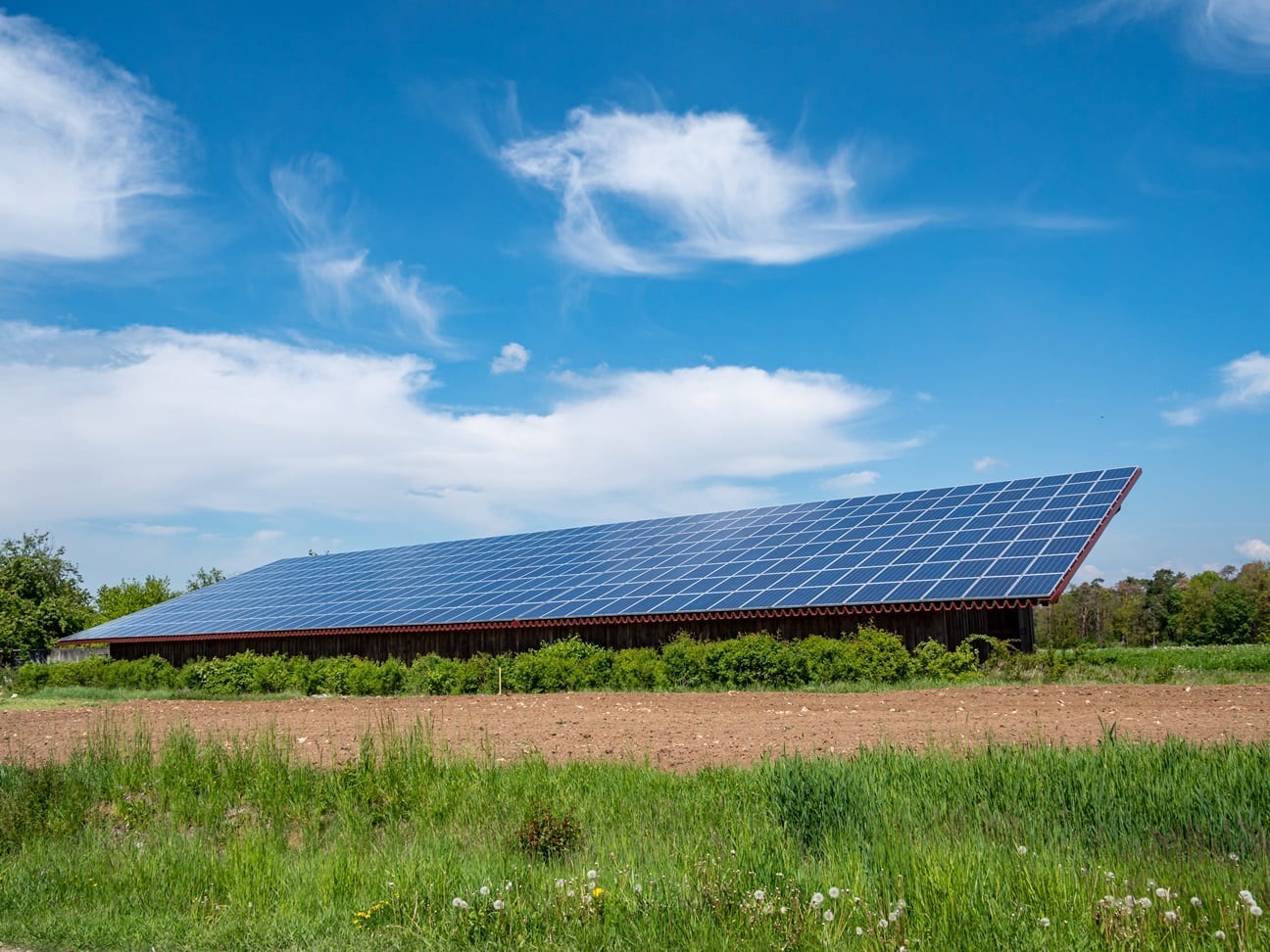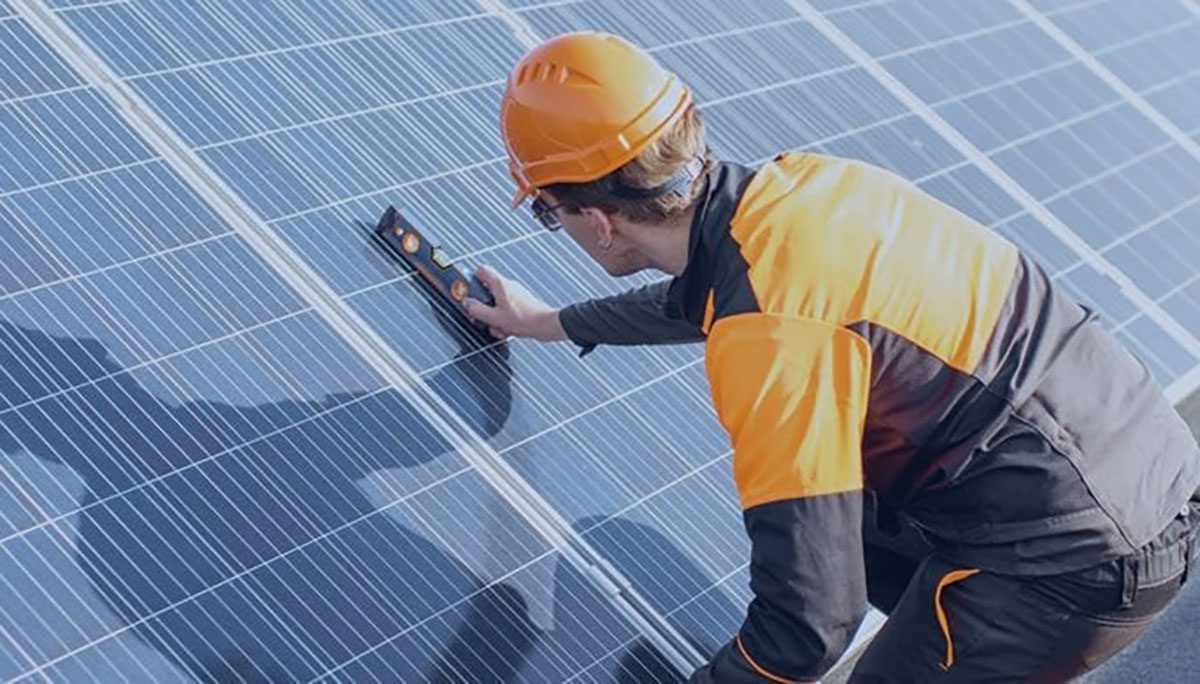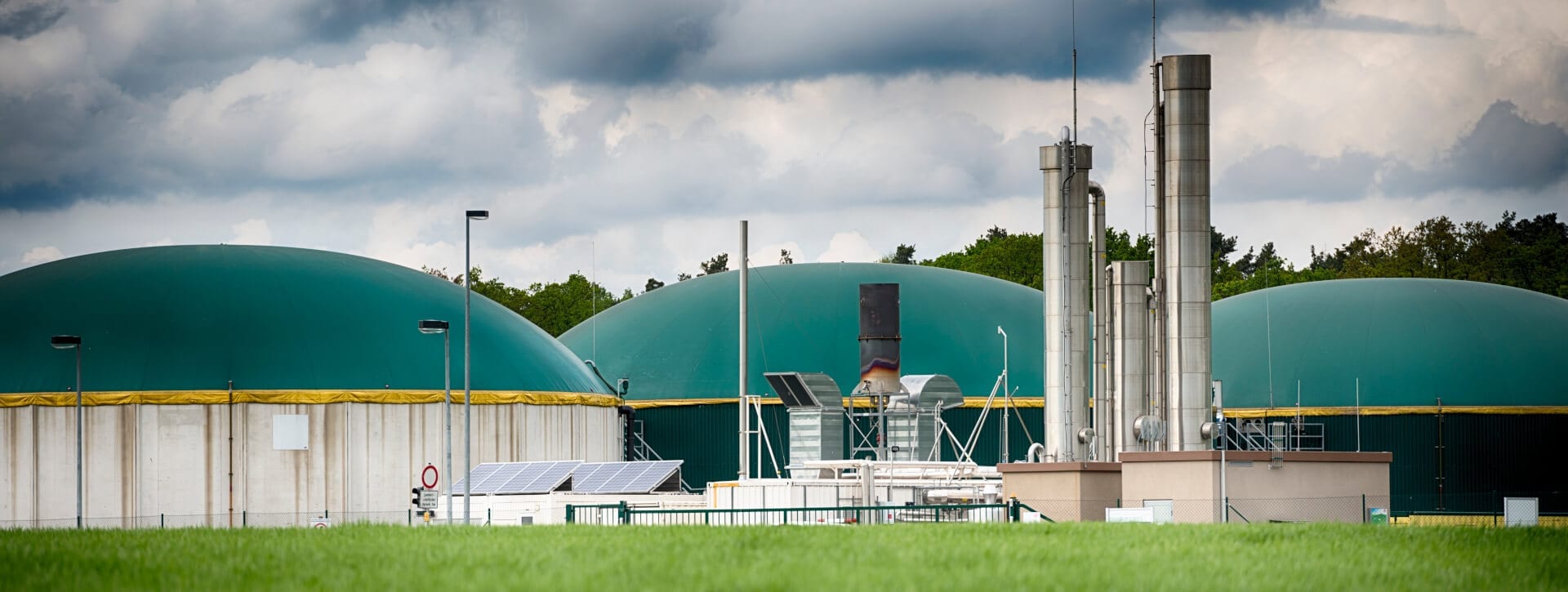
The Value of Sustainable Investing
October 3, 2019 Insights
What is sustainable investing?
Sustainable investing: it used to be considered a “nice-to-have” for an investment portfolio, but it’s quickly gaining ground as a strategy to mitigate portfolio risk and generate returns. It also has the added benefit of making a positive contribution to society.
Sustainable investing is an investment in companies that contribute an element of environmental stewardship. They may focus on reducing their fossil fuel emissions, advocating for environmental conservation, producing renewable energy, or other practices.
Investing for the planet is no longer a luxury.
Investors used to assume they’d have to sacrifice returns in order to inject a “green” investment into their portfolio. Now, however, scientists have raised the alarm that we’re heading toward irreversible climate change, and more people are rallying around companies that are battling these changes.
Sustainable investing is no longer on the fringe.
As concern is raised about CO2 emissions pollution and its potentially disastrous effects on human health, there has been a major shift in consumer preferences. People are now putting corporations on the hook to facilitate better environmental and social practices. They are also demanding the production of more sustainable goods.
This means that investors are shifting their attitude toward “greening” their portfolios. The potential returns have become increasingly attractive.
A 2017 Nielson insights study showed that 69% of North Americans believe it’s extremely important, or very important, that companies implement programs to improve the environment.1
Canada’s support might be even larger. The Responsible Investment Association of Canada’s 2017 Investor Opinion Survey reports that 82% of investors want to dedicate a portion of their investment portfolio to responsible investments (“responsible investing” is a broader term of socially conscious investing that includes environmentally sustainable investments).2
In short, sustainable investments used to be a luxury, but that’s no longer the case.
The risk-return balance is always going to be a priority for investors, but we believe at Skyline Energy that social and environmental responsibility should be able to go hand-in-hand with attractive returns. We’ve all collectively had a wake-up call about our climate, and we need to take drastic action to preserve the future of our planet. We’re seeing investors realize that sustainable investing can be very lucrative.
U.S. asset managers are also agreeing with that claim. In 2019, a Morgan Stanley and Bloomberg survey found that 89% of U.S. asset managers believe sustainable investing is here to stay. They cited increased investment stability and possible high financial returns as key drivers or success for sustainable investments thus far.3
Sustainable investing can be used as a risk-mitigation strategy.
There is an element of investment risk-management that is often overlooked: prioritizing sustainable business practices.
Companies that are driven purely by profits often ignore potential future threats. These threats can lead to large-scale scandals and a loss of public trust. Look no further than the BP oil spill. It’s been nine years since it happened, and its stock price has still not recovered. In addition to the tried, trusted and true strategy of diversification, it may pay to do your research on a business’ environmental, social and governance (ESG) processes.
Choosing sustainable investment products that take a proactive approach to environmental conservation can be a savvy way to mitigate risk.
For example, the Skyline Clean Energy Fund (managed by our Skyline Energy team) is a private investment. Since it trades outside of the public markets, it has a level of protection from that pricing volatility. The fund is valued on its projected energy production.
The fund also only chooses solar systems that are backed by long-term government contracts or private purchase agreements.
We are offering investors a chance to invest in a fund that puts the Skyline Energy team’s clean energy expertise into play and provides a dual benefit of returns and environmental stewardship. It’s a sustainable investing opportunity that allows an investor to make a tangible difference toward conserving this planet’s future.
Rob Stein
President, Skyline Clean Energy Asset Management Inc.
To speak with a Skyline Wealth Management Advisor about the Skyline Clean Energy Fund as a sustainable investment option, contact the Skyline Wealth Management team today.
References:
More from this category:

Skyline Energy President on Canada’s Clean Hydrogen Future
[Guelph, Ontario – April 24, 2024] Rob Stein, President, Skyline Energy, published an article for Clean50.com about the role of hydrogen in global efforts to address climate change. Hydrogen is a promising source of clean energy and Canada aims to make it a significant part of its energy mix by 2050. However, there are still [...]
How solar is operated and maintained: learn from the experts
With Environmental, Social, and Governance (ESG) investments in Canada increasing in popularity, and sustainable investment funds increasing in number, investors are being offered more options to put their funds toward assets that produce clean and renewable energy, including solar photovoltaic (PV) systems. As with any investment into a portfolio of hard assets—whether renewable energy systems, [...]
Skyline Energy Explains: What Materials Can Create Biogas?
The Skyline Energy team explains the different types of organic material that can go into a digester to create biogas, and how this ultimately contributes to less dependency on fossil fuels for energy production.

